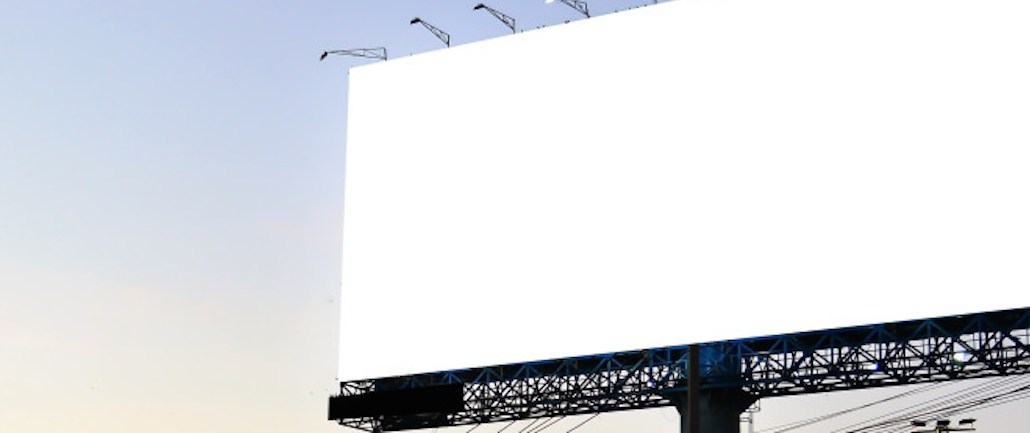
Antoine Boulin is president of media at the publishing company Purch
The overwhelming majority of digital publishers (90 percent) have adopted or are considering adding native advertising to their sites. It’s seen as an effective tool by brands and advertisers, garnering 4.1 times more views on average per session and improving purchase intent by 18 percent compared to banner ads. And with spend forecasted to grow 33 percent to $5.7 billion in 2016, it may seem like a very viable option for publishers.
Native is still in its infancy, though. While two-thirds of advertisers are increasing their native budgets, it still only accounts for less than 5 percent of the average total ad spend. And many publishers pursuing this business model have come up against its flaws. Scale and cost of execution is one. Consumer trust is another – when editorial-looking content is controlled by a brand there can be backlash, as seen with The Atlantic’s sponsored content from the Church of Scientology lauding its leader David Miscavige.
I’ll dive a bit further into some of the reason why native – as we know it – may not be a sustainable in the long term.
Native content lacks scalability and measurable performance
When talking about native advertising, it is important to first define what we mean. The definition of native varies widely across the industry, depending on whom you ask. For our purposes, we bucket “native” into these two categories:
Native ads match the look of the media brand’s site or the social media brand’s posts. Native content has been written by or in partnership with the publisher/media brand. Ad blockers are a mounting problem for native ads, while, for the moment, native or sponsored content is immune.
Above all, for native content to be efficient, the content has to be interesting for the reader. While native content is increasingly popular with publishers, it requires significant resources for marketers. While they would prefer to leave control of native content production to publishers, marketers at both at the brand and agency level need to weigh in and go through lengthy approval process, making the costs of the content production hard to scale and, more importantly, making the content less relevant to the user. This creates a vicious cycle, where readership declines, resulting in decreased performance for marketers.
Performance-based advertising continues to be the largest segment of digital advertising, accounting for 65 percent of all Internet ad revenue in the U.S. The content within a sponsored post, or advertorial-type piece, generally isn’t performance-driven, yet 55 percent of marketers look to ads for their ability to influence purchases. Ultimately, when budget comes into question from higher up the chain, spend is more easily slashed where performance isn’t clear – and reinvested into another solution where it is.
For native content to deliver this, the publisher must put forward an enormous amount of front-end efforts to produce high quality content that meet the marketer requests and drive traffic to it, and still, the direct link to ROI can remain murky.
Native 2.0: Is e-commerce the key?
Commerce is an area many publishers are beginning to play in. On one end of the spectrum, Style.com is relaunching from the digital home of Vogue to a pure e-commerce destination. YouTube is looking to get in on e-commerce, too, and is introducing the ability to shop for products directly from its videos. TripAdvisor and Houzz, on the other hand, blend commerce into their sites and, at times, build it (and ads) right into editorial content. Then we have the growth of buy buttons, like Pinterest’s and Twitter’s.
These commerce-rich environments are great success stories of how a blended environment – publishing and shopping – can work. And this approach has roots in native, philosophically and visually. They do what native attempts to: serve the advertiser/brand and offer a relevant, utilitarian purpose rather than annoying the reader – all while providing the publisher revenue it needs to pay for quality content and continue to support the “free Internet.”
By reconciling user service and marketing performance, native commerce may be the only true scalable business model for native.
More in Marketing

Pandora is betting on AI agents to scale service and emotional selling during the peak holiday season
Pandora is using AI agents to scale customer service and replicate emotional in-store selling online, just as peak season puts pressure on margins and teams.

Rembrand’s CEO wants to grow virtual ad placements in streaming, and he’s looking elsewhere for models
Omar Tawakol wants to improve advertising within the streaming world, and is working with advertisers and publishers to improve that experience.

Marketers are keen to use generative AI in ad campaigns, but hidden costs lurk
Marketers across the industry want to use AI to cut down on time spent in creative production. It’s not so simple in practice.





